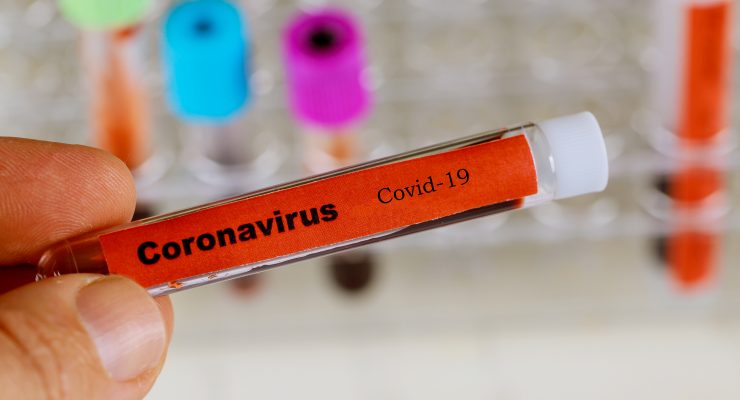
India is undeniably making progress against COVID-19. However, to stave off future spikes in cases, a vaccine becomes a necessity. With an effective and safe vaccine potentially on the horizon, India now faces the logistical nightmare of administering a vaccine as rapidly as possible to avoid further socioeconomic disruption, to a population well in excess of one billion people.
As reported by Health Issues India, the daily COVID-19 cases peaked at close to 100,000 in mid-September. These consistent daily figures over the course of the month sparked a worrying trend of gradually-increasing daily figures across the previous months with no signs of abating. However, following a peak on September 16th, these figures began to decrease.
As we have moved thus far through November, figures continue to fall. At the time of writing, India’s figures for new daily cases have been consistently at, or below, the 50,000 mark since late October. This has effectively reduced India’s daily cases to half of its peak in September. This low point has stagnated, with no further reductions for several weeks. However, there is equally no signs of the figures rising.
“The whole country worked together by following the same strategy together,” said Union Health Minister Dr Harsh Vardhan. “We have seen a lot of phases in this journey of ten months…the entire country followed the bold manner in which the lockdown was imposed under the leadership of [Prime Minister Narendra] Modi. Later, the unlock process was also implemented effectively. When we analyse the performance of our country, it seems India has performed better than any of the big developed countries in the world.”
Active cases have fallen to below 500,000. This is a new low and represents a severe reduction from the peak of more than one million, again occurring in mid-September. Of vital importance, however, is that trends towards reductions in cases do not necessarily entail that India is out of the woods.
Countries such as the UK and the US also experienced significant declines following an initial peak. These countries are now going through secondary waves often far exceeding that of the first. If India, or any other country for that matter, truly wishes to diminish the threat of resurgence of COVID-19, a vaccine becomes a vital tool.
On November 9th, US pharmaceutical company Pfizer announced the results of stage-III trial results of their vaccine. The company said early results showed that trial volunteers who received the vaccine experienced ninety percent fewer cases of symptomatic COVID-19 than volunteers who received a placebo. The vaccine has since been touted as being integral to global efforts to fight the disease.
“We have to remember that this is an mRNA vaccine. There are currently no licensed RNA vaccines. For India, RNA vaccines are going to be very expensive. Moderna has said that the cost of their vaccine is going to be US$37 per dose. I don’t know what Pfizer has decided its cost is going to be.
“Also, this vaccine, right now, needs to be held (stored) at minus eighty degrees Celsius. They are working on a formulation that will be more stable. But right now this vaccine needs to be at minus 80 degrees Celsius. Currently, we have no system in this country to be able to deliver a minus eighty degree Celsius vaccine. So, while it is good news—there is at least proof of principle that vaccines will work and will protect people against disease—there is also a long way to go.”
The Union Government has set aside a budget of US$7 billion for the provision of COVID-19 vaccines across the country. An estimated 250-300 million people — drawn from a list including essential workers such as frontline health staff, medical students, law enforcement personnel, teachers, and members of the military — would be marked as those prioritised for vaccine administration. This list cites both occupational hazards in being exposed to potential infection and those potentially prone to more severe infection.
India has had previous success stories stemming from vaccination. The prime example of this is polio, in which a concerted effort from the Government and grassroots coordinators saw a thorough immunisation campaign that culminated in the eradication of polio from the country.
COVID-19 presents additional potential issues. The far more rapid spread of the condition could allow for the virus to have spiralled out of control through a second wave before a vaccine campaign has been fully implemented. The apparent necessity of a cold chain for the provision of the Pfizer vaccine in its current state could also mean that use of the vaccine in India’s isolated rural areas may be all but impossible. India’s vast population places it in a difficult spot amongst the global community in attempts to vaccinate against COVID-19. What is apparent is that in order to succeed, a herculean effort is in order.

